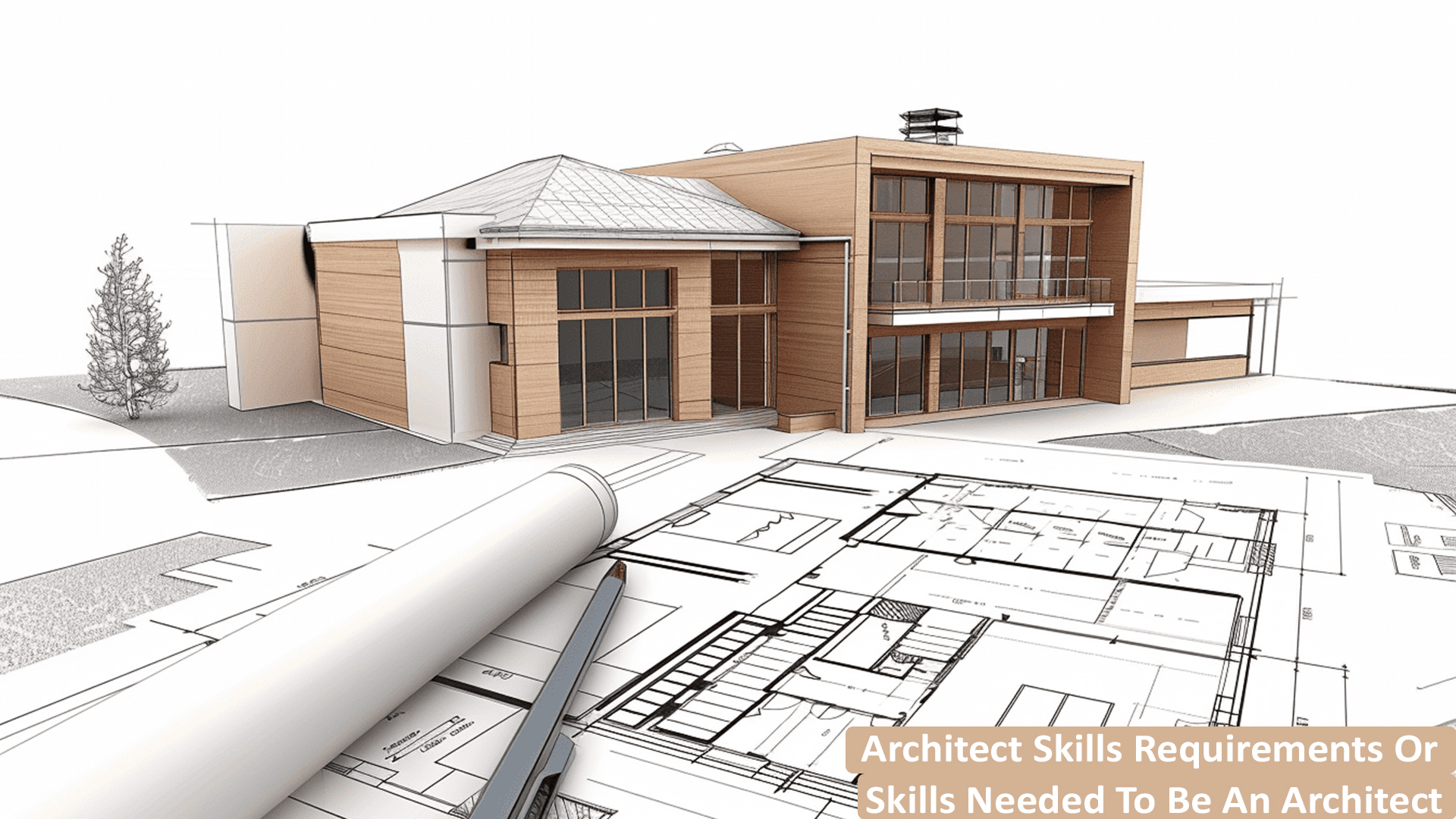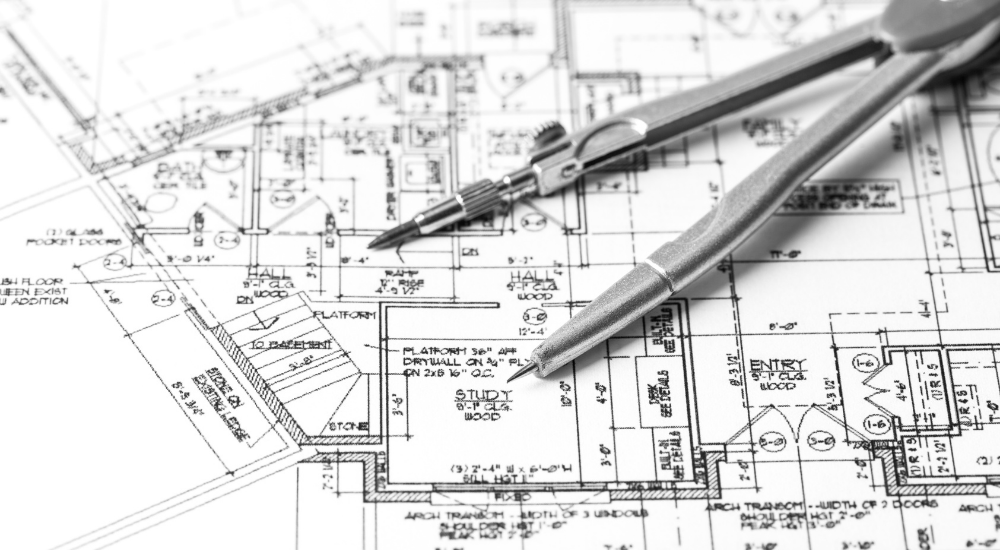Understanding the Diverse Occupation Paths Available for Aspiring Architect
As an aspiring Architect, you have a world of profession courses waiting for you. Whether you're drawn to standard architecture or the subtleties of lasting layout, there's a particular niche that lines up with your rate of interests.
Typical Design: Designing Buildings and Frameworks
Standard architecture concentrates on making structures and structures that blend performance with aesthetic appeal. Your designs can mirror cultural heritage, showcasing regional customs while satisfying contemporary requirements.
You'll create abilities in drafting, model-making, and site evaluation, enabling you to imagine and communicate your concepts successfully. Engaging with clients, you'll require to understand their vision and equate it into practical styles.
Furthermore, building codes and sustainability methods are necessary in your job, ensuring your frameworks are safe and ecologically pleasant. As you grow in your career, you'll discover possibilities in household, business, and even restoration projects, each offering special difficulties. Welcoming standard design leads the way for a satisfying job that pays tribute to the past while shaping the future.
Urban Preparation: Forming Areas and Public Spaces
As an aspiring Architect, you can play a necessary duty as a metropolitan organizer, changing exactly how neighborhoods work and interact. By employing area involvement techniques, you'll guarantee that homeowners have a voice fit their environment. And also, integrating lasting design concepts will assist develop rooms that not just satisfy today's needs however additionally shield the future.
Duty of Urban Planners
While several could consider architects as the sole dreamers behind structures, city planners play an essential function in forming the more comprehensive landscape of communities and public rooms. They examine land use, zoning regulations, and community needs to develop sustainable environments that improve quality of life. By teaming up with different stakeholders, you'll assist design parks, transport systems, and houses that promote social communication and accessibility. Urban organizers additionally concentrate on ecological factors to consider, making sure that advancements incorporate green spaces and assistance biodiversity. Your expertise in spatial style and community dynamics enables you to visualize future development while maintaining social heritage. In this critical function, you'll straight affect how individuals experience their surroundings, making every task a possibility for favorable change.
Neighborhood Interaction Strategies
Reliable area interaction techniques are essential for metropolitan coordinators to guarantee that the voices of citizens are listened to and valued in the preparation process. To foster purposeful discussion, you need to prioritize open online forums and workshops where community members can reveal their ideas and concerns. Usage studies and social networks to reach a more comprehensive target market, making sure diverse perspectives are consisted of. Collaborating with neighborhood organizations can improve trust fund and help with much deeper connections. It is essential to supply clear details regarding decision-making procedures and proposed tasks, allowing residents to really feel enlightened and equipped. By actively incorporating and paying attention comments, you'll produce rooms that mirror the community's requirements, ultimately bring about more sustainable and effective urban atmospheres. Accept transparency and continual dialogue for long lasting influence.
Sustainable Style Concepts
When designing city spaces, incorporating sustainable layout principles is critical for developing atmospheres that flourish both environmentally and socially. Consider incorporating eco-friendly spaces, like gardens and parks, to boost biodiversity and enhance air quality.
Creating with water conservation in mind is additionally essential-- consider rain yards and permeable surfaces to handle stormwater. Involving area members during the planning procedure guarantees that the areas you create fulfill their requirements and encourage social interaction. By embracing these principles, you'll add to vivid, sustainable city landscapes that benefit everybody.

Landscape Architecture: Developing Lasting Outdoor Environments
As you check out landscape architecture, you'll uncover crucial style concepts that develop functional and attractive exterior rooms. Sustainable techniques play a crucial role in guaranteeing these environments grow while decreasing environmental impact. And also, you'll find a selection of occupation opportunities that permit you to make a real distinction in exactly how people engage with nature.
Design Concepts in Landscape
Understanding style principles in landscape style is essential for creating sustainable outdoor environments that integrate with nature. You'll require to ponder components like percentage, range, and equilibrium to assure your styles really feel cohesive and welcoming. Additionally, pay focus to seasonal adjustments, making with products that complement the surroundings year-round.
Sustainable Practices Overview
Sustainable methods in landscape design not only concentrate on looks but likewise prioritize eco-friendly health and resource preservation. You can make spaces that promote soil health, blog here such as utilizing natural products and exercising permaculture principles. Inevitably, these methods assure your designs benefit both people and the atmosphere for years to come.
Occupation Opportunities Expedition
With a strong structure in lasting methods, landscape architecture offers a selection of occupation paths that allow you to make a purposeful effect on the atmosphere. Urban planners often team up with landscape designers to create green areas in urban setups, improving city livability. If you're enthusiastic concerning education and learning, consider coming to be a landscape design instructor, inspiring future generations.
Sustainable Layout: Concentrating On Eco-Friendly Practices
As you discover your profession in style, embracing environment-friendly methods can set you apart in an affordable field. Lasting style focuses on developing buildings that lessen environmental effect while enhancing owner wellness. By integrating renewable materials, energy-efficient systems, and lasting building methods, you'll add to a greener future.
Begin by obtaining knowledge of eco-friendly accreditations like LEED or BREEAM, which can bolster your credentials. Think about just how natural light, ventilation, and thermal performance can maximize design. Work together with engineers and environmental professionals to introduce services that minimize waste and preserve resources.
Do not forget the significance of neighborhood participation-- appealing neighborhood stakeholders can inspire styles that balance with the environment. As customers progressively focus on sustainability, your experience in green methods will not only attract jobs however additionally accomplish your interest for responsible architecture. Embrace this important element of the occupation, and enjoy your job prosper.
Historical Conservation: Shielding and Recovering Social Heritage
While you begin on your building journey, think about the important duty of historical preservation in keeping our cultural heritage. This area focuses on the defense and reconstruction of significant buildings, websites, and frameworks that tell the stories of our past. By participating in historic conservation, you'll aid secure the architectural legacy that shapes community identification.
As a historic conservation Architect, you'll examine historical significance and examine the condition of structures. You'll see this page function carefully with guardians and historians to ensure authentic reconstruction strategies are employed. This job path permits you to blend creativity with research study, enabling you to create solutions that value original products and craftsmanship.
Your work not just contributes to sustainability by recycling existing buildings yet likewise cultivates a sense of pride within areas. Accepting this course will assist you become a guardian of history, maintaining the stories and aesthetic appeals that improve our lives.
Interior Design: Enhancing Indoor Spaces
Historical preservation and interior style both share a commitment to improving the constructed environment, however they concentrate on different elements. While historical preservation highlights preserving a framework's historic and social worth, interior architecture zeroes in on maximizing indoor areas for capability and aesthetics.
As a hopeful Architect, you'll locate that indoor architecture allows you to mix imagination with technological abilities. You'll make spaces that not only look good but likewise promote comfort and performance. This area includes comprehending how light, shade, and products interact within a space, impacting state of mind and use.
You'll deal with numerous tasks, from household homes to commercial workplaces, ensuring that each setting meets the needs of its occupants. By prioritizing user experience, you can change insides into inspiring and functional areas, making a considerable influence on exactly how people interact with their surroundings. Welcome the possibility to enhance indoor environments and form the means individuals function and live.
Industrial Layout: Combining Performance With Aesthetics
Industrial layout plays an essential function in producing products that seamlessly mix appearances with performance, making certain that what you make use of everyday is not only aesthetically attractive but likewise useful. As an aspiring Architect, you might immerse on your own in this field, concentrating on designing every little thing from furnishings to consumer electronic devices. Your work involves understanding individual needs, products, and producing procedures, permitting you to produce innovative remedies that improve day-to-day experiences.
In commercial design, you'll commonly team up with producers, online marketers, and engineers, ensuring that your designs are not only gorgeous but also feasible. This career path uses a dynamic environment where creativity fulfills functionality, making it a gratifying choice for architects interested in forming the items of tomorrow.
Often Asked Questions
What Educational Qualifications Do I Need to Become an Engineer?
To come to be a designer, you'll need a specialist level in style, normally a Bachelor's or Master's. Furthermore, you'll have to finish an internship and pass the Architect Registration Exam to practice legally.
Exist Certification Needs for Various Building Career Paths?
Yes, there're qualification requirements for numerous architectural paths. Architect. You'll require to pass exams, full internships, and sometimes seek specialized training, relying on your selected emphasis, like landscape architecture, city design, or historical conservation
What Software Application Abilities Are Vital for Architects Today?

How Can I Gain Practical Experience While Researching Design?
You can acquire practical experience by interning at building firms, joining layout competitors, volunteering for area projects, or teaming up with classmates on real-world jobs. These possibilities enhance your abilities and build beneficial connections in the sector.
What Task Opportunities Exist Outdoors Standard Style Firms?
You can check out numerous job chances outside traditional style firms, like metropolitan preparation, interior decoration, landscape architecture, building and construction management, property development, and even duties in sustainability consulting. Each offers special obstacles and benefits.
Whether you're attracted to traditional design or the subtleties of sustainable style, there's a niche that aligns with your rate of interests.When developing city rooms, integrating lasting layout concepts is crucial for developing settings that grow both environmentally and socially.As you check Resources out landscape style, you'll discover necessary design principles that produce beautiful and useful exterior spaces.Comprehending style principles in landscape design is crucial for developing lasting outside environments that balance with nature.In commercial style, you'll commonly team up with producers, marketing experts, and designers, guaranteeing that your styles are not just beautiful however likewise possible.